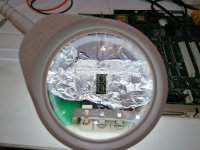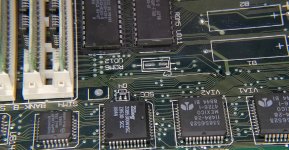buserror
Active member
Hi Everyone, first post here. I used to be a Mac developer, between maybe 1986 until 2007. I still have a large collection of machines, and some prototypes, and I've been making myself a small museum in a spare bedroom, quite frankly really Apple II stuff.
But then I manage to find a Mac II, completely pristine, with 13 Trinitron etc for a song, and I bought it. Now I'm in the 'rabbit hole' as you must realize I never had a Mac II, I worked on some of the series, but never 'owned' one. I have quite a few powerbooks, 140, 180, 180 165c, 230. 280c and even a 180 with a wireless modem in place of the floppy disk! (one of 2 prototypes) -- but mostly in these days, I only owned a powerbook in my name...
I never had a Mac II, I worked on some of the series, but never 'owned' one. I have quite a few powerbooks, 140, 180, 180 165c, 230. 280c and even a 180 with a wireless modem in place of the floppy disk! (one of 2 prototypes) -- but mostly in these days, I only owned a powerbook in my name...
Anyway, the good news is that quit being a Mac dev to go more toward hardare/firmware/linux things, so I got quite a few tools to rework bits and stuff, thats something I wouldn't have been able to do all the way back then!
Since trying to start the mac (and failing) I discovered pretty much all there is 'wrong' with these machines. The 2 batteries (holders on order now) and all the caps (ordered) the corroded traces and the 4xNAND gates, and the other bits I noticed I could change.
I've just joined so I can document this here, as I picked a few threads that helped a lot understanding what's going on with this machine!
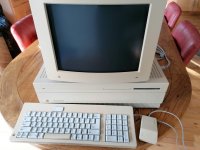
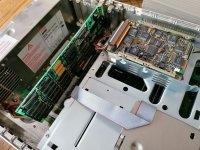
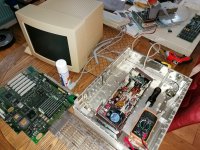
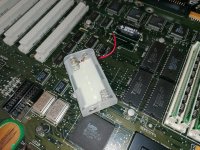
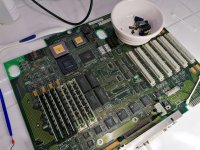
But then I manage to find a Mac II, completely pristine, with 13 Trinitron etc for a song, and I bought it. Now I'm in the 'rabbit hole' as you must realize
Anyway, the good news is that quit being a Mac dev to go more toward hardare/firmware/linux things, so I got quite a few tools to rework bits and stuff, thats something I wouldn't have been able to do all the way back then!
Since trying to start the mac (and failing) I discovered pretty much all there is 'wrong' with these machines. The 2 batteries (holders on order now) and all the caps (ordered) the corroded traces and the 4xNAND gates, and the other bits I noticed I could change.
I've just joined so I can document this here, as I picked a few threads that helped a lot understanding what's going on with this machine!






